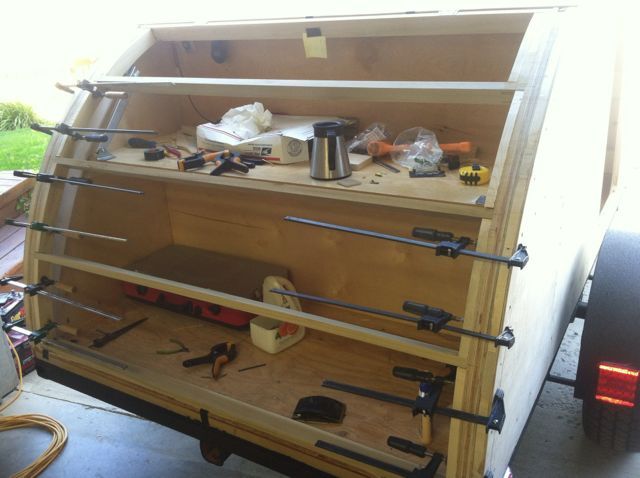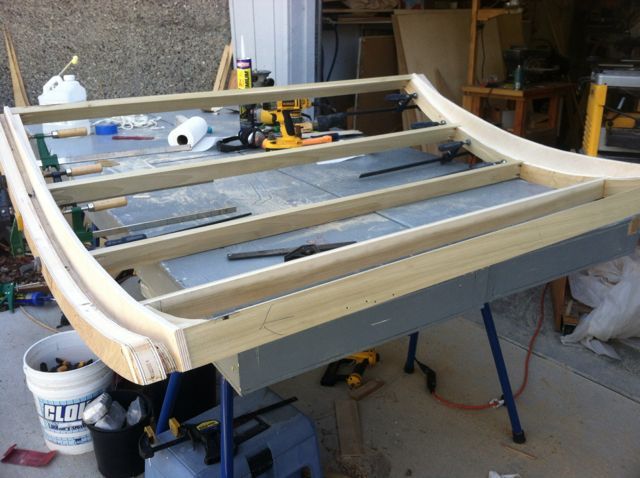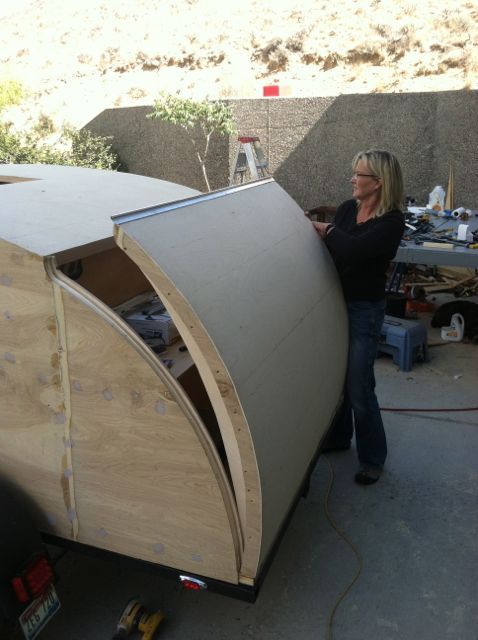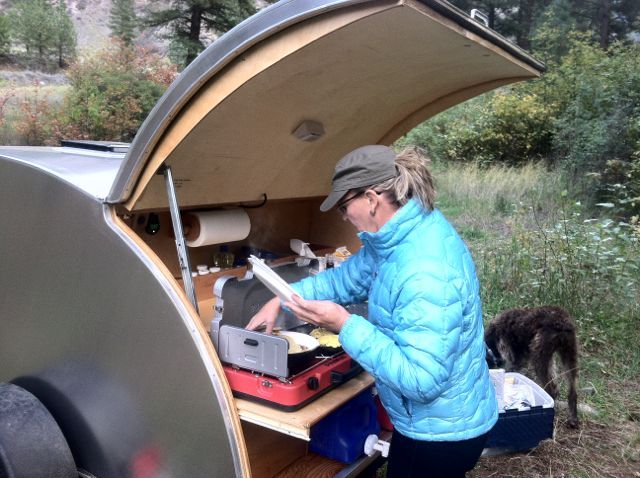What is the theory behind a galley hatch
15 posts
• Page 1 of 1
What is the theory behind a galley hatch
I have made but not attached the frame around the outsides of the hatch and am about to cut more. back is 4 tall 4 wide I am thinking of only adding 2 more rigs but I see some people with 6. I also see cross ribs all over the place.
I am thinking of the two center ones being skinned on both side and the left and right ones only skinned on the outside. Any cross ribs would be at the top or bottom of the frame. The center ribs will have cross ribs and the outside skin would support them.
L&R ribs are made of pine about 1 inch thick but the inner ones will be made of plywood maybe double thickness on each. I am planing of putting the plates on the hatch and the outside frame would also support the center ribs.
But is there a rule of thumb for A Galley hatch and it's ribs.
The ribs will be held in place by triangular pc's at all upper and lower corners so they are less likely to move. Plus being attached to the outside skin
Or is the ribbing on the left to right cross ribs to give the outside skin more support?
Ron
I am thinking of the two center ones being skinned on both side and the left and right ones only skinned on the outside. Any cross ribs would be at the top or bottom of the frame. The center ribs will have cross ribs and the outside skin would support them.
L&R ribs are made of pine about 1 inch thick but the inner ones will be made of plywood maybe double thickness on each. I am planing of putting the plates on the hatch and the outside frame would also support the center ribs.
But is there a rule of thumb for A Galley hatch and it's ribs.
The ribs will be held in place by triangular pc's at all upper and lower corners so they are less likely to move. Plus being attached to the outside skin
Or is the ribbing on the left to right cross ribs to give the outside skin more support?
Ron
Inside almost done--Trolly top has opening windows & roof.doors need assembling--pictured above waley windows..galley 1/3 done
Cross Bow in Build Journals....http://www.tnttt.com/viewtopic.php?f=50&t=54108
-

Ron Dickey - Silver Donating Member
- Posts: 3109
- Images: 787
- Joined: Tue Apr 20, 2004 5:56 pm
- Location: Central Coast, CA
Re: What is the theory behind a galley hatch
The theory behind the galley hatch is to make it lightweight but ridged and strong enough to lift without racking. Another issue is spring back from the bent plywood making the hatch not fit right.
So it is a balancing act. Light enough to lift. Strong enough to maintain shape.
Mine, like the rest of my tear I guess, is a heavy beast! I used four 1/2 inch ribs with blocking that triples the thickness of each.

After I did mine, I saw a really neat tip from Grant. He uses a sandwich of aluminum skin between the ribs. He did not use blocking. He says the aluminum sandwich stops spring back and makes the ribs much strongest without adding a lot of weight. Check it out here
https://www.facebook.com/teardrops.net
So it is a balancing act. Light enough to lift. Strong enough to maintain shape.
Mine, like the rest of my tear I guess, is a heavy beast! I used four 1/2 inch ribs with blocking that triples the thickness of each.

After I did mine, I saw a really neat tip from Grant. He uses a sandwich of aluminum skin between the ribs. He did not use blocking. He says the aluminum sandwich stops spring back and makes the ribs much strongest without adding a lot of weight. Check it out here
https://www.facebook.com/teardrops.net
-

citylights - 500 Club
- Posts: 591
- Images: 1
- Joined: Sun May 12, 2013 12:27 pm
- Location: Las Vegas, Nevada















 ...!
...!